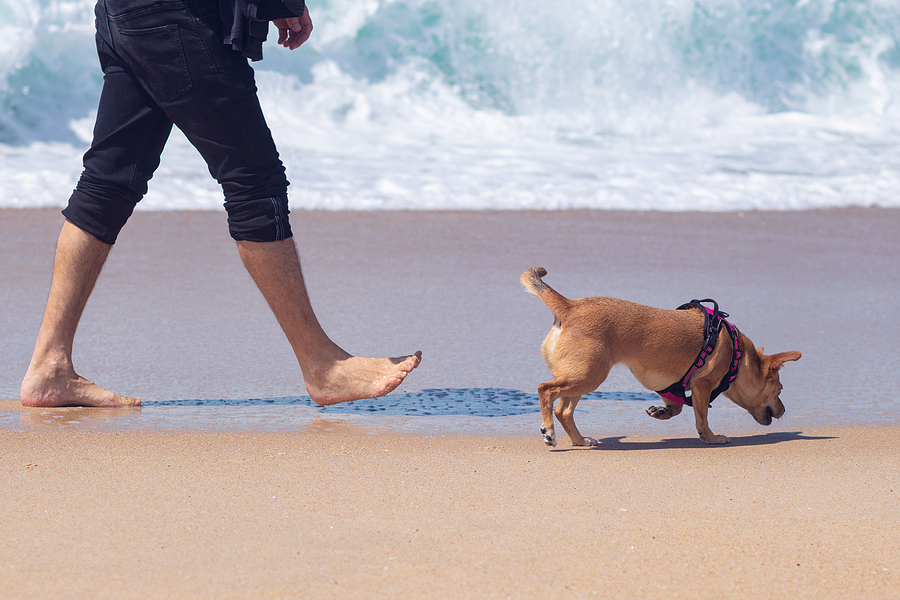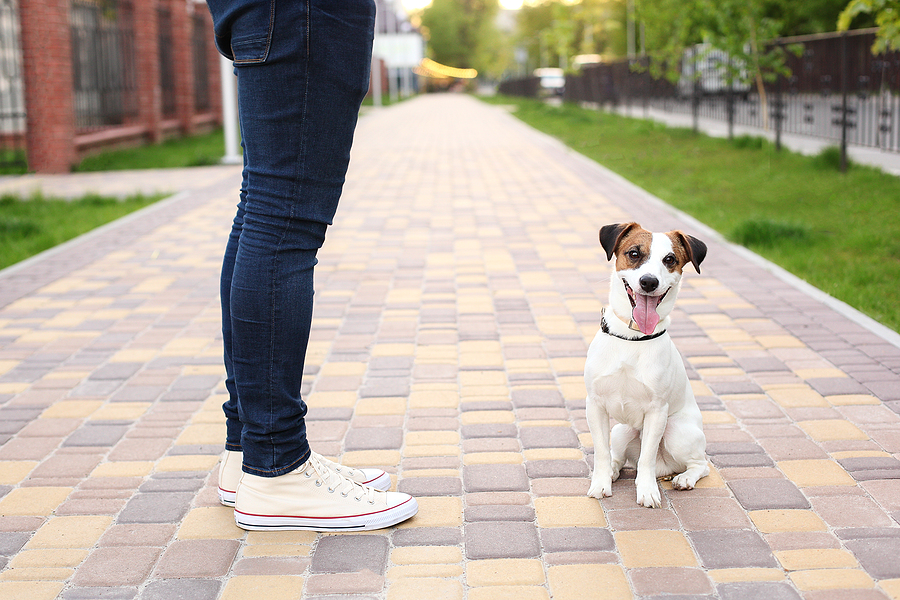The bond between a dog and its owner is one of life’s most unique and rewarding relationships. This bond is strengthened through various means, one of which is training. There are numerous training methods and techniques, each designed to enhance the communication and understanding between you and your pet. Among these, K9 off leash training emerges as a particularly intriguing and beneficial approach.
What is K9 Off Leash Training?
This method of training isn’t just about letting your dog run free. It’s a structured approach that builds on the basics of obedience, extending to a level of training that allows your dog to safely and responsibly navigate the world without the physical restraint of a leash. It’s a journey that requires patience, consistency, and a deep understanding of your dog’s behavior and needs.
Assessing Your Dog’s Readiness
Before jumping right into off leash training, it’s important to understand that not every dog will be ready for or receptive to this type of training. It’s vital to assess whether your dog is ready for such a level of freedom and responsibility. The factors that play a significant role in determining their readiness include age, temperament, and previous training experiences
Age
Puppies: Younger dogs, especially puppies, are often in the process of learning basic commands and may not have the attention span or discipline required for off leash training. They are naturally curious and easily distracted, which can make this type of training challenging.
Adult Dogs: Adult dogs can be more suitable for off leash training as they usually have a better attention span and may have already mastered basic obedience commands. However, older dogs can have ingrained habits that might be harder to change.
Senior Dogs: Senior dogs may have limitations in terms of mobility, hearing, or sight, which can affect their responsiveness to being trained off leash.
Temperament
Energetic and Playful Dogs: Dogs with high energy levels and a playful nature may enjoy the freedom of walking off the leash. However, they might be easily distracted or get overly excited, making it harder to maintain control without a leash.
Calm and Subdued Dogs: Dogs with a calmer demeanor might find it easier to adapt to walking off the leash as they may be less prone to sudden impulses or distractions.
Anxious or Fearful Dogs: Dogs that are naturally anxious or fearful might find off leash situations overwhelming, leading to unpredictable behavior or a tendency to flee when scared.
Previous Training Experiences
Well-Trained Dogs: Dogs that have received consistent training and have a good grasp of basic commands such as ‘sit,’ ‘stay,’ ‘come,’ and ‘heel are typically better candidates for off leash training. Their prior training experience means they are more likely to understand and respond to commands even without the physical restraint of a leash.
Lack of Previous Training: Dogs that haven’t received much training or have had negative training experiences may find it difficult to understand and follow off leash commands. They might not have the necessary foundation of trust and understanding of commands that off leash training requires.
Inconsistent Training: Dogs that have experienced inconsistent or irregular training may exhibit unpredictable behavior. Consistency is key in training, and dogs who lack this may struggle with the discipline needed for off leash walking.

Effective K9 Off Leash Training
Taking on the task of K9 off leash training involves a series of structured steps designed to enhance your dog’s responsiveness and obedience without the leash. These steps are pivotal in ensuring the training is both effective and enjoyable for your dog.
Gradual Introduction
Begin in a safe, enclosed area to minimize distractions and risks. Gradually increase the complexity of environments as your dog becomes more confident and responsive.
Dealing With Distractions
Training your dog to maintain focus amidst distractions is crucial. Practice in various settings to build this skill.
Maintaining Control and Safety
Always prioritize safety by keeping your dog within sight and under control. Be prepared to revert to a leash in situations where control might be compromised.
Positive Reinforcement Techniques
Use treats, praise, and play to reinforce positive behavior. Positive reinforcement encourages your dog to associate off leash time with positive experiences.
Benefits of K9 Off Leash Training
Training your dog to walk without a leash is more than just a method to control your dog. It also provides benefits that enrich both your life and that of your furry companion.
Enhanced Freedom and Stimulation
Off leash training allows your dog to explore and engage with their environment more naturally, offering mental and physical stimulation essential for their well-being.
Building Trust and a Strong Bond
This training requires a high level of trust between you and your dog, significantly strengthening your bond. It’s a testament to the mutual respect and understanding you’ve developed.
Social and Behavioral Advantages
Dogs trained in off leash obedience are often more socialized and exhibit fewer behavioral problems. They learn to interact healthily with their environment and other dogs.

Is Your Dog Ready To Go Off Leash?
If you need help with training your dog to walk without a leash or aren’t sure if they are ready,
Beau’s K9 Academy is here to help. We offer basic and advanced training programs. Our professional trainers are skilled in guiding both you and your dog through the off leash training process, ensuring safety, enjoyment, and a deepened bond. Whether you’re looking to enhance your dog’s obedience and social skills, or simply enjoy the freedom of off leash adventures, contact Beau’s K9 Academy today.
K9 Off Leash FAQs
What is K9 Off Leash Training? How is it Different from Regular Training?
K9 off leash training focuses on teaching your dog to behave and follow commands without being restrained by a leash. It builds upon basic obedience training but requires a higher level of trust and understanding between the dog and owner, allowing the dog to navigate safely and responsibly in various environments.
How Can I Tell if My Dog is Ready for Off Leash Training?
Consider your dog’s age, temperament, and previous training experiences. Young dogs might lack the necessary attention span, while older dogs may have ingrained habits. A well-trained dog with a calm demeanor and consistent training background is typically more ready for this type of training.
What Are the Initial Steps in K9 Off Leash Training?
Start with a gradual introduction in a safe, enclosed area to minimize distractions. As your dog becomes more confident and responsive, you can gradually increase the complexity of environments. It’s important to maintain control and safety at all times and use positive reinforcement techniques.
What Are the Main Benefits of K9 Off Leash Training for My Dog?
Off leash training offers enhanced freedom and mental stimulation for your dog, strengthening your bond through trust and mutual respect. It also helps in socializing your dog, leading to fewer behavioral problems and healthier interactions with other dogs and environments.
What Should I Do if My Dog Struggles with Off Leash Training?
If your dog is struggling with walking off the leash, consider seeking professional help from a training academy like Beau’s K9 Academy. They can offer personalized training programs tailored to your dog’s needs and help you navigate any challenges during the training process.

